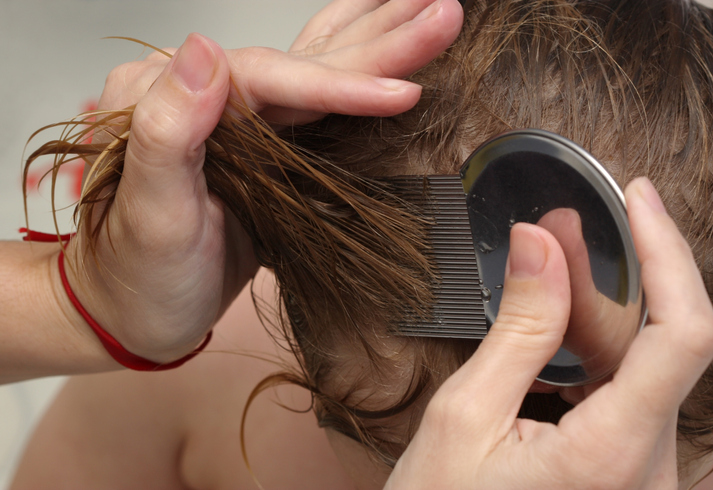
Lindane is an organochlorine chemical with the chemical formula, C6H6Cl6. It is typically a white crystalline solid with a slight musty odour. It is soluble in acetone, benzene, chloroform and ether as well as being moderately soluble in ethanol.
Lindane has been used as an insecticide for agricultural and pharmaceutical purposes. Agricultural use includes the treatment of food crops, forestry products and seed/soil treatment. Pharmaceutical uses involved including lindane as an ingredient in shampoos and lotions to treat lice and scabies.
The concerns about lindane’s neurotoxic effects subsequently led to the chemical widely being phased out and an eventual international ban on the use of lindane for agricultural purposes was implemented in 2009 under the Stockholm Convention on Persistent Organic Pollutants. Lindane was however permitted for pharmaceutical use to treat lice and scabies as a second line treatment (after first line treatments failed), up until 2015.

The routes of exposure for lindane include; inhalation, ingestion and skin and eye contact.
Inhalation of lindane dusts and fumes, especially over prolonged periods, may produce respiratory discomfort and distress. Those with already compromised respiratory function (conditions such as emphysema or chronic bronchitis), may suffer further disability upon inhalation. Acute symptoms of inhalation include; dizziness, headaches, nausea, vomiting, diarrhoea, tremors, weakness, convulsions, muscle twitching, myoclonic jerking, convulsive seizures, circulatory collapse and in some cases, death.
Ingestion of lindane can lead to symptoms that include; a prickling/tingling sensation in the mouth, tongue and lower face, dizziness, abdominal pain, headaches, nausea, vomiting, diarrhoea, mental confusion, weakness, loss of muscle control and tremors. Exposure to higher concentrations of the chemical can cause severe convulsions followed by death.
Skin contact with lindane is not thought to be a skin irritant, however abrasive damage can result from prolonged exposure. Severely toxic and systemic effects leading to death can result following absorption, so it is important that the skin is inspected for open wounds and cuts prior to handling the chemical.
Direct eye exposure to the chemical may cause transient discomfort characterised by tearing and redness. Slight abrasive damage may also result.
Lindane has been classified as carcinogenic to humans.
If inhaled, remove the patient from the contaminated area to the nearest fresh air source and monitor their breathing. Lay them down and keep them warm and rested. If the patient is not breathing and you are qualified to do so, perform CPR, preferably with a bag-valve mask device. Transport to the hospital or doctor.
If swallowed, a dose of at least 3 tablespoons of activated charcoal in water should be taken. Vomiting may be recommended, but is generally avoided due to the risk of aspiration, however if charcoal is unavailable, vomiting should be induced. Seek medical attention without delay.
If skin exposure occurs, remove all contaminated clothing, footwear and accessories and flush the affected area with plenty of running water, using a safety shower if available. Transport to hospital or doctor.
If the chemical is exposed to the eyes, flush the eyes out immediately with fresh running water for at least 15 minutes, remembering to wash under the eyelids. Removal of contact lenses should only be done by a skilled individual. Transport to hospital or doctor without delay.
Emergency eyewash fountains and safety showers should be accessible in the immediate area of the potential exposure to the chemical and there should always be adequate ventilation to remove or dilute any air contaminants (install local exhaust if necessary).
The PPE recommended when handling lindane includes; safety glasses with unperforated side shields, chemical goggles, full face shields, gas masks, elbow length PVC gloves, full body protective clothing (smocks, coveralls, or long sleeved shirts and pants) and safety boots.
Before employees remove their protective clothing, they should undergo decontamination with showering required after the garments and hood are removed.
Always refer to your SDS if you are unsure about the safe handling procedures of any chemical. Chemwatch provides chemicals management solutions, including SDS to ensure safety and compliance in your workplace. Contact us at sales@chemwatch.net for more information about how we can help.
Chemwatch has the largest collection of SDS in the world. For a FREE copy of the Chemwatch-authored SDS for Lindane, click the button below.